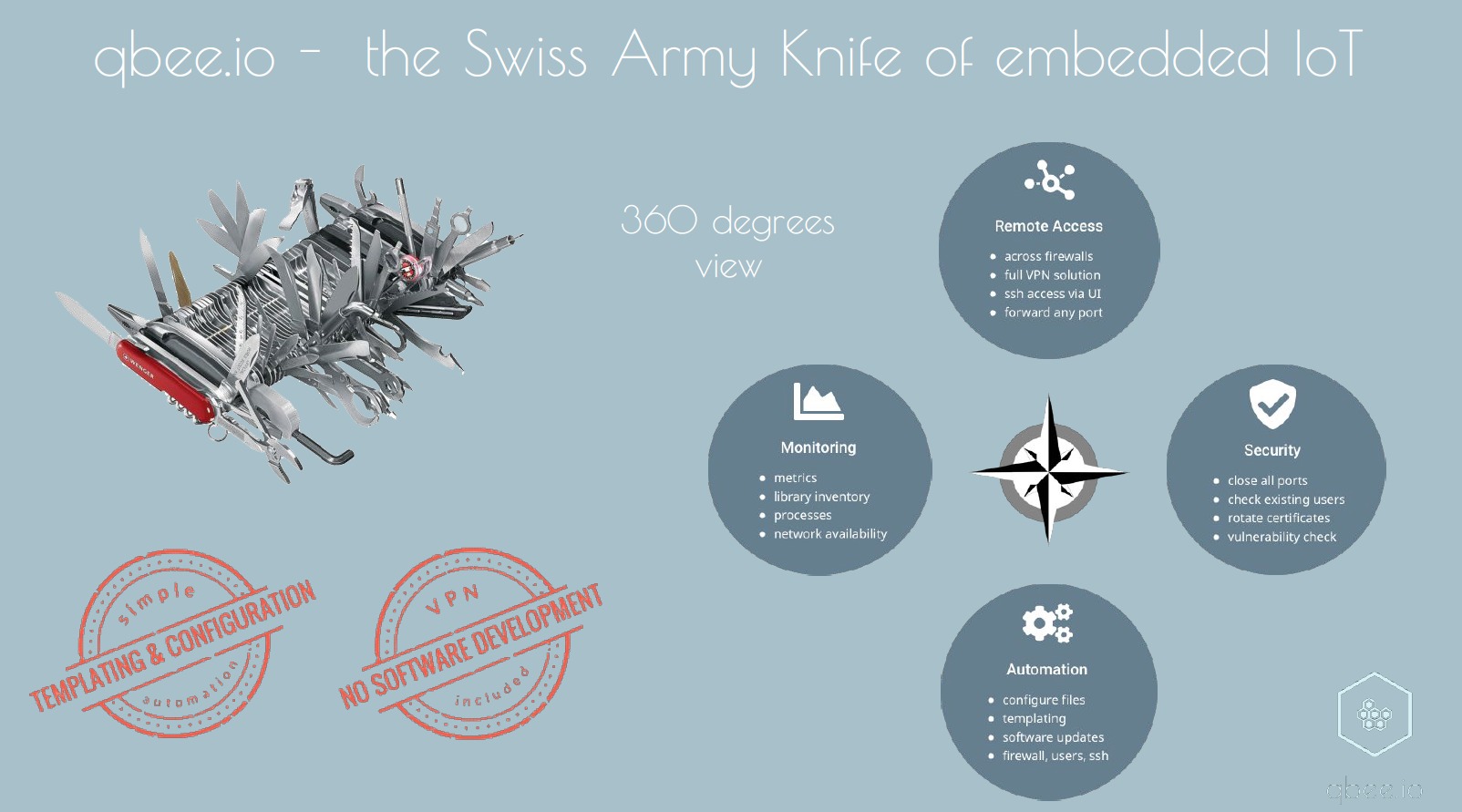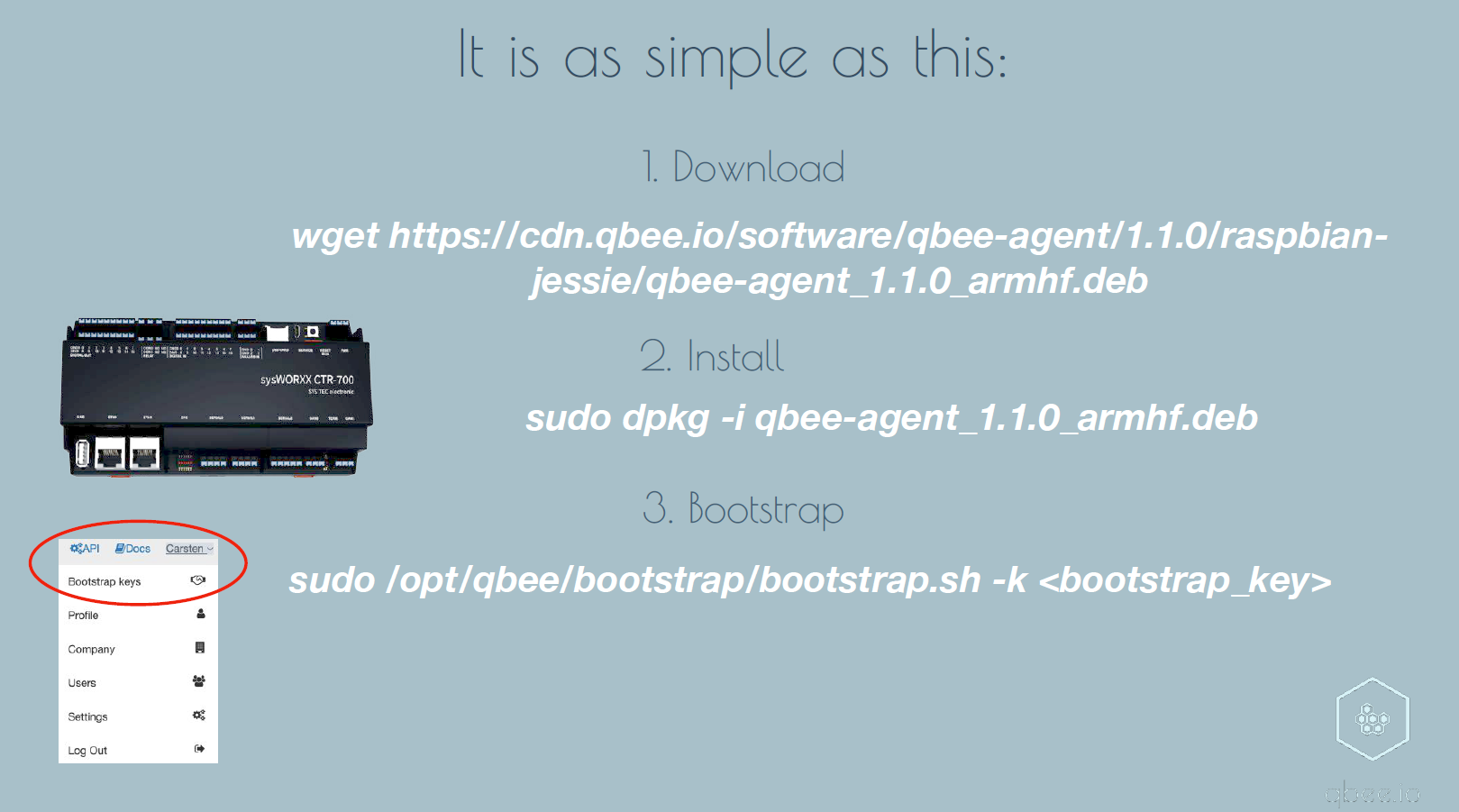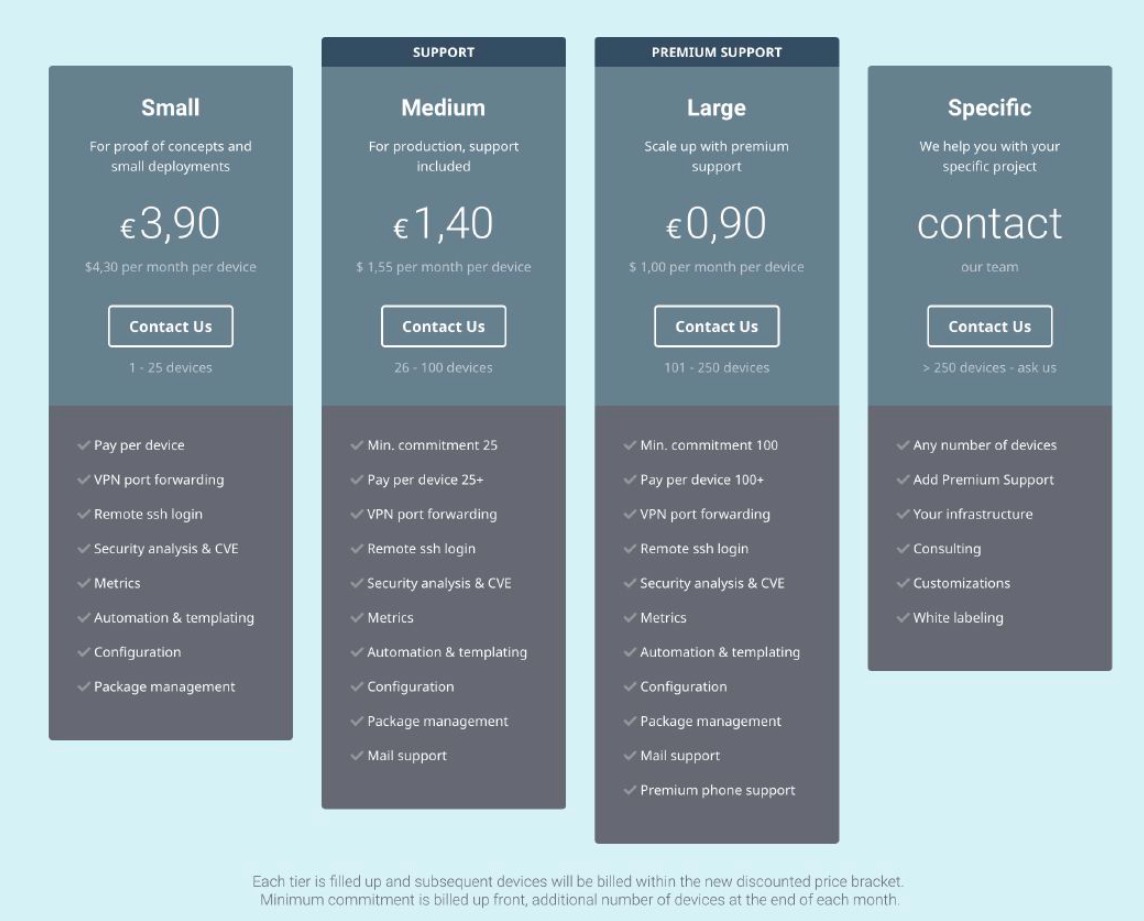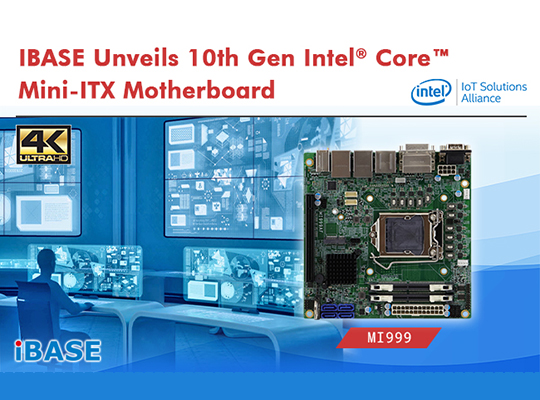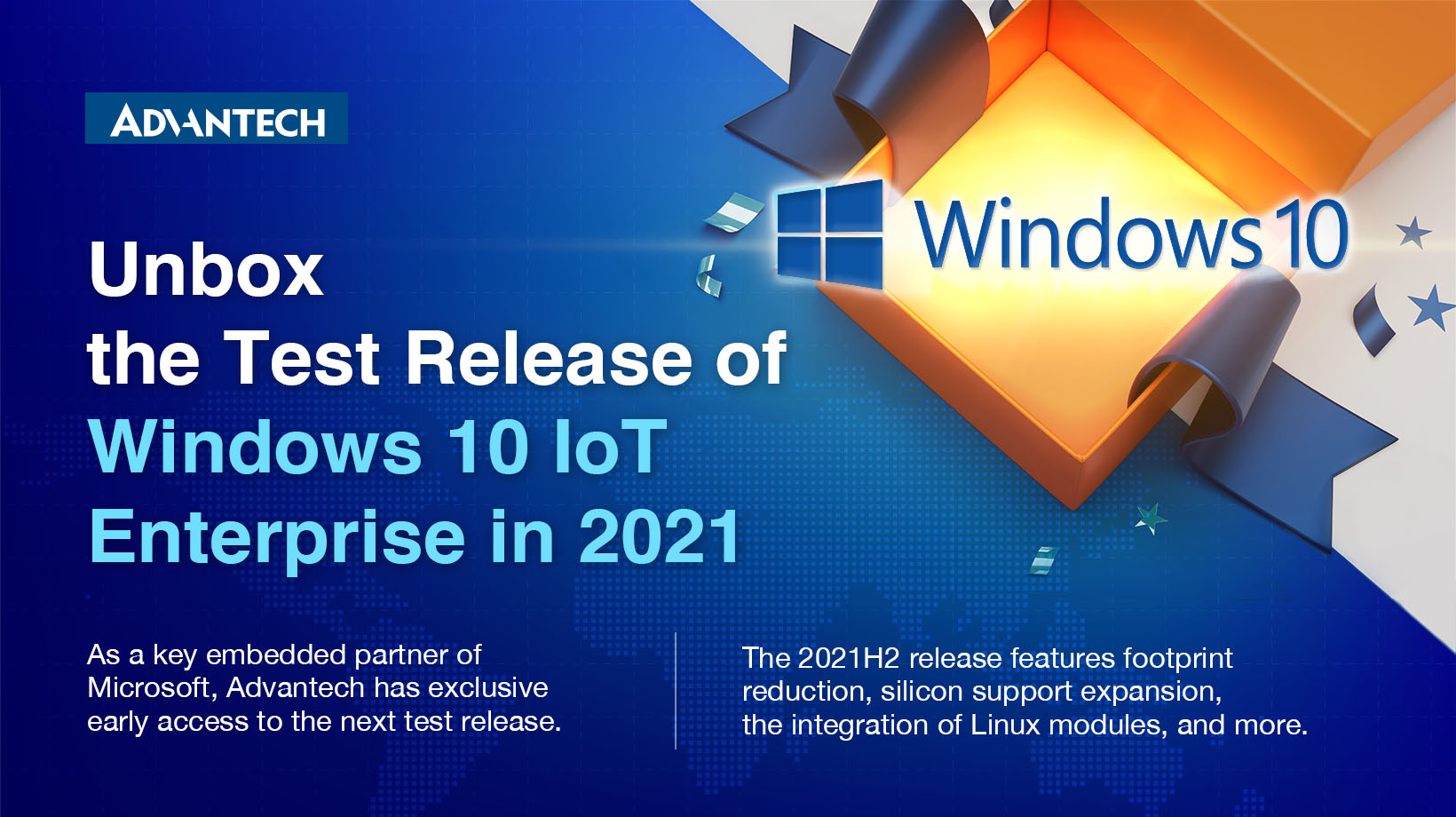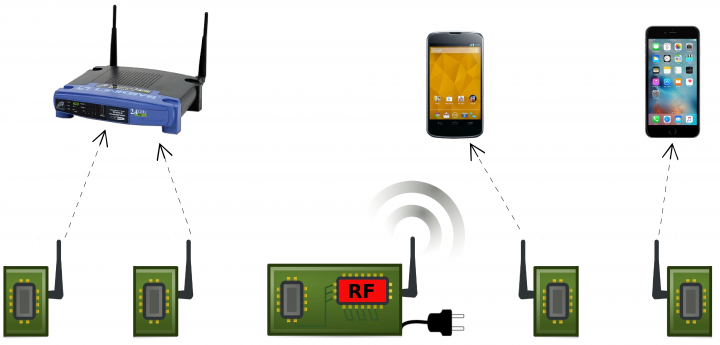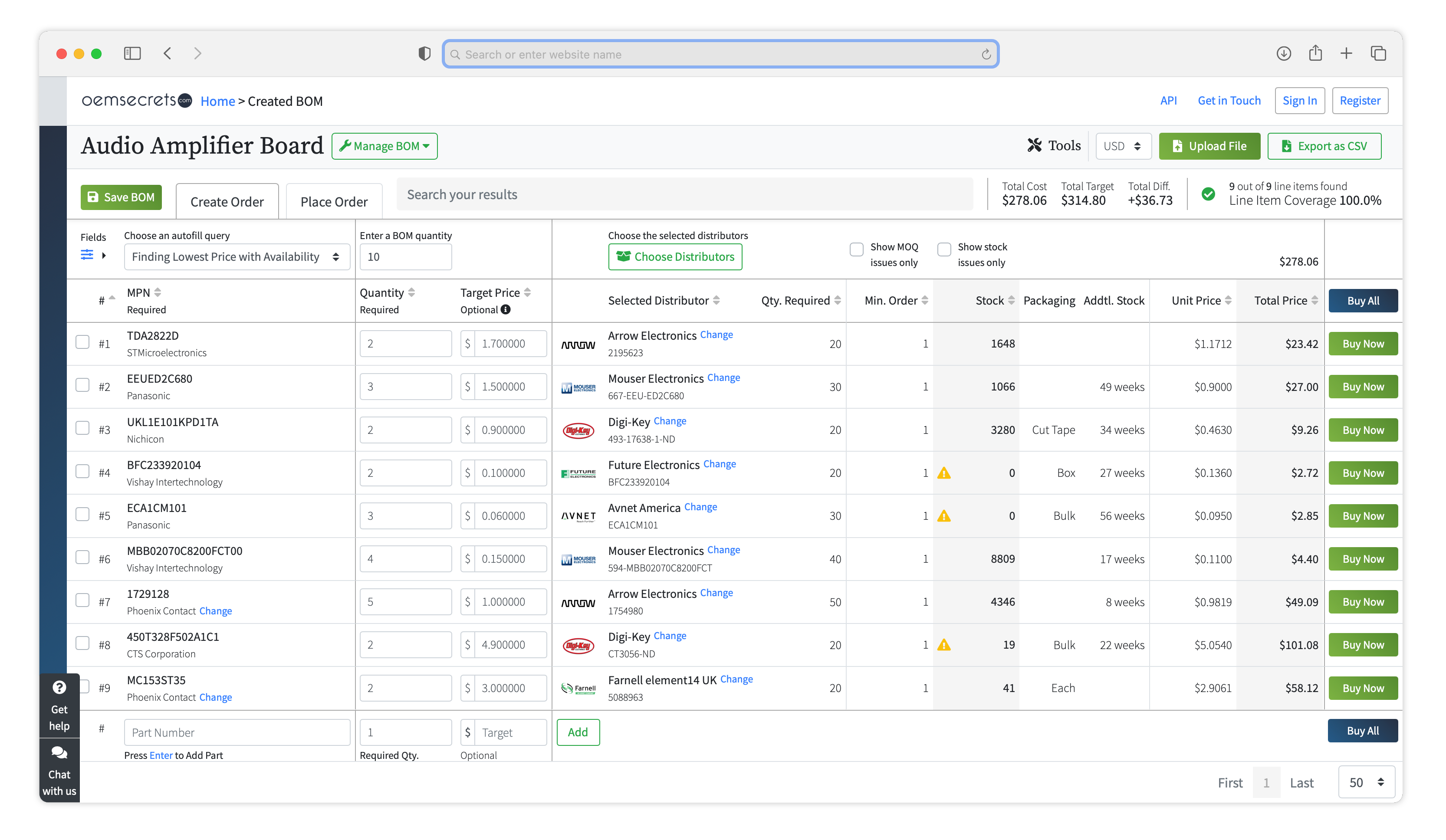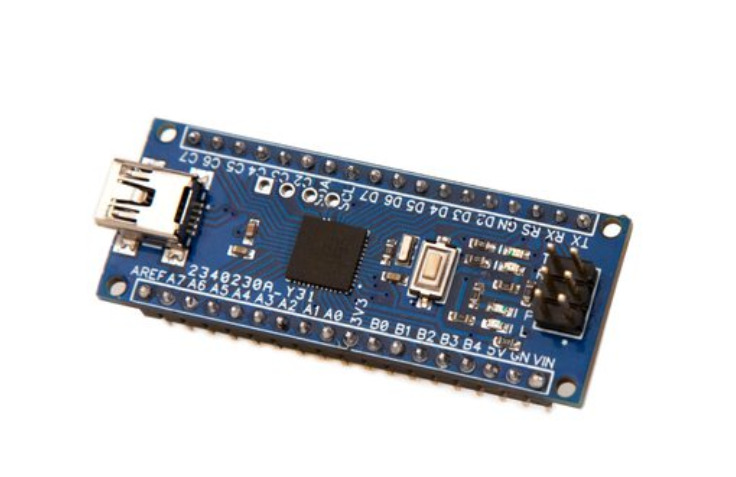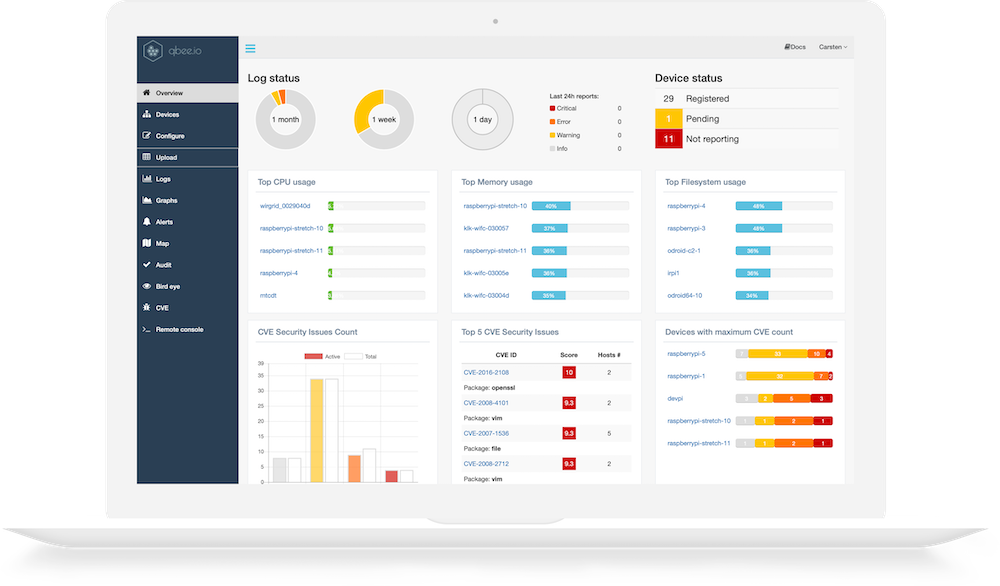
qbee.io Allows you to Manage all your Embedded Linux -based IoT devices from one dashboard
As the number of IoT devices increases, managing them all to keep online, secure, updated with the latest firmware, and remotely available, at all times, even when deployed behind firewalls and NATs, becomes quite the task. While quite a number of solution exists to some of these problems, they all usually have challenges like; the solution addressing just one or two problems or requiring technical know-how/skills (software or hardware) that could be expensive/scarce. To provide a holistic solution to this remote device management related problems, Norway-based qbee AS, launched its platform qbee.io.
The platform, which as a venture is backed by Innovation Norway and Simula Innovations, is designed to help users achieve four major things including; remote access, security, automation, and device monitoring.
For remote access, qbee.io allows connections over SSH but it can also map any other port such as web servers on 80/443 and Node-Red on 1880 or VNC. Out of the box, qbee routes all ports through a VPN connection using https on port 443. Its remote access features always draw a comparison with the TeamViewer IoT agent which doesn’t have some of the other features.
For Security, qbee performs actions like; check firmware libraries for CVE vulnerabilities, checks if newly updated libraries are available and make suggestions on upgrades, check which users are active and how old the passwords are (people tend to forget to remove pre-configured support accounts), rotate ssh keys, and close all incoming ports (ssh is routed through VPN). All of these actions and more are combined to ensure IoT deployments stay secure.
For device monitoring, qbee.io enables full configuration management through its state-based engine or via Ansible. It allows you to monitor device health by fetching metrics via log files, which could help you monitor issues like the device’s flash running out of space due to memory leaks or other performance-related problems. It also allows you easily update libraries and software and keeps an audit log so you know accessed the system or initiated a particular change.
Some of the highlight specifications and features of qbee include:
- Enforce firewall security and update users or ssh keys.
- Secure remote web server and remote desktop (VNC) access.
- See current device metrics like CPU and memory use.
- Software and package management
- Monitor critical processes and respawn them.
- Login access through a secure reverse tunnel
- Configure services like Node-Red through templating.
- Get logs and audit trails for any change or deviation.
- Get alerts if devices go offline. Watchdog for the network stack.
- Get visual feedback about device state and location.
- Ansible integration.
- Full VPN solution out of the box.
- Complete REST API for all functionality.
One of the delightful things about qbee is its vendor-agnostic nature which allows it to work without the need for software development or containers. It works via the use of a lightweight, secure qbee agent packages which when on your IoT deployment, constantly monitors your system, receiving state information from the qbee backend server and autonomously enforcing the received data in the field. A flow chart showing how it works is provided in the image below.
The qbee agent packages currently exist for all Debian based systems and can be custom created for any other Linux based distribution. The absence of software development activities in qbee deployment makes it not just easy and fast to deploy, but also increases the range of devices(Legacy or new) on which it can be deployed.
Qbee offers value to everyone along the IoT development chain. It helps developers deploy without the time and resources required for software development, helps CIO/CISO keep an eye on security, and provides manufacturers a full IoT device management platform with remote access, security analysis, metrics and much more.
Qbee currently has 3 user plans including; “Small” which covers 1-25 devices at $4.30/month, “Medium” which covers 26-100 devices at $1.55/month, and “Large” which covers 101 – 250 devices at $0.90/month.
More information on qbee features, deployment, use cases, and pricing can be found on their website.





